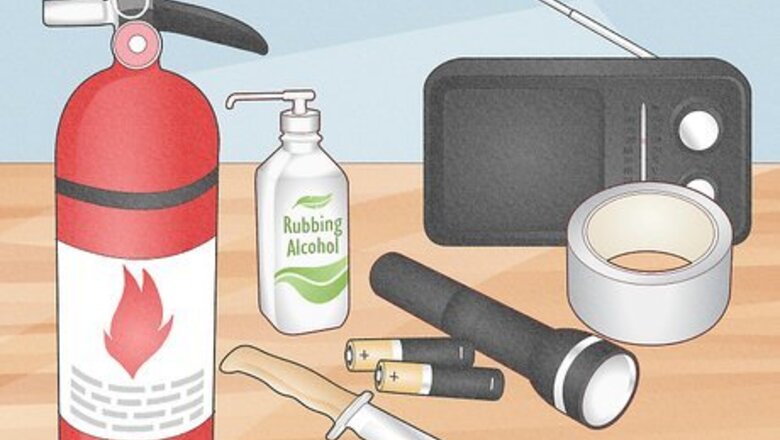
views
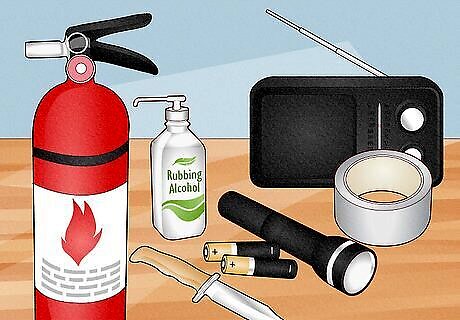
Look at the Things You'll Need to see what your kit should contain.
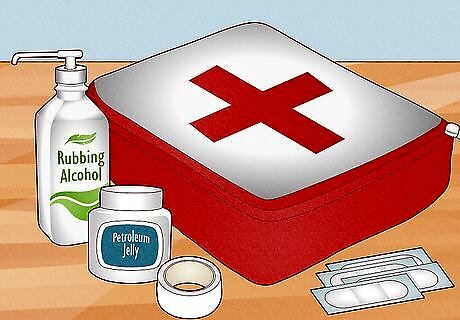
Make a first aid kit if you don't already have one. In an emergency you, a loved one, or even a neighbour could be cut, burned or injured in some other way. If you have these basic supplies you are better prepared to help people when they are hurt.
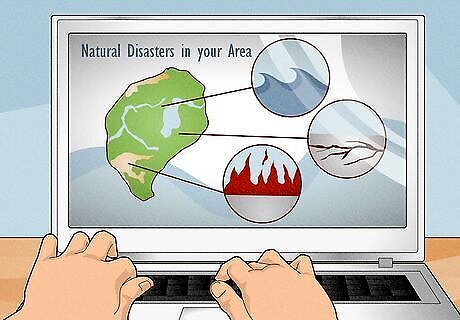
Determine what hazards exist in your local area. Contact your local emergency manager and ask. If your location does not have an emergency manager, check with your county or state emergency management official for assistance. Most natural disasters types can be predicted to occur in a given region, so prepare accordingly. Examples include: Flooding (one of the most common natural disasters on Earth) Earthquakes Hurricanes Blizzards Tornadoes Volcanic eruptions Tidal Waves Extreme heat or cold Wildfires Man-made disasters occur when it's primarily human activity (or lack of) that causes a disaster, although it can happen in conjunction with a natural disaster. This may include: Power failures/blackouts Civic unrest. (Rioting, looting, police actions). Nuclear plant meltdown
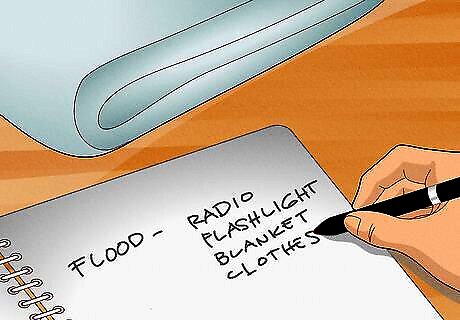
Write a plan based on the hazards, then build a kit to support the plan.
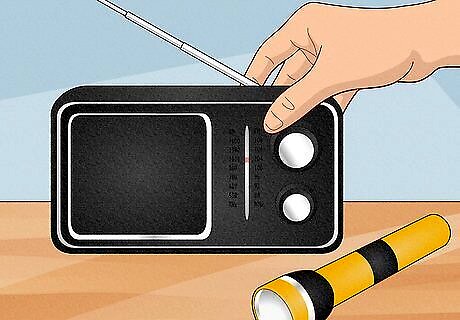
Purchase "Self Powered Flashlights" and "Self Powered Radios". In the event of a disaster, power will be out and batteries will be unavailable, sold out. The latest models have the "Weatherband/Emergency Band" and will also charge your cell phone, thus if your cell phone fails in a disaster, it will be that the cell phone towers, their infrastructure will be damaged, even destroyed. it also doesn't hurt to have a satellite phone which can be used with out a cell tower it connects to orbiting satellites.
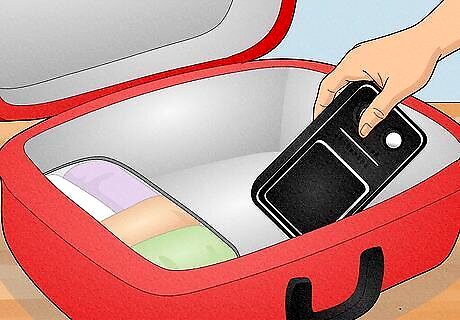
Pack according to location. Depending on where you live, you might need different things in an emergency such as flood, hurricane, tornado. Of course there are a few things that you should have regardless of location.
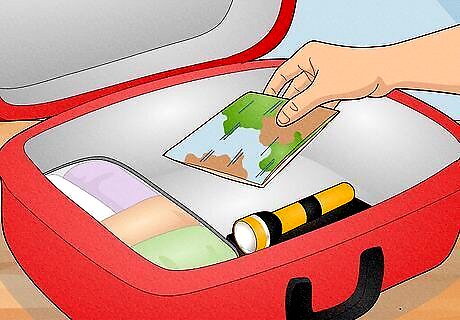
Pack a map in your kit. These are especially helpful if you must evacuate and emergency routes may involve detours.
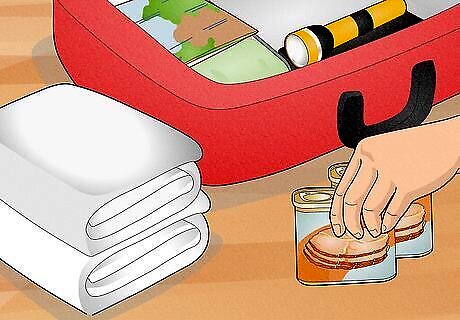
Gather together the items on the list that you already have at home.
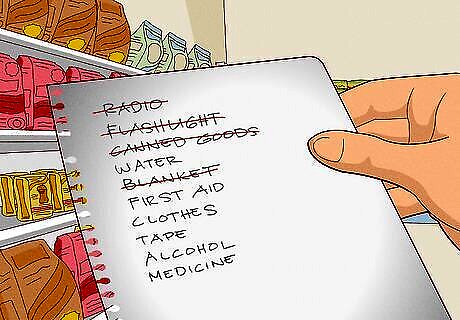
Keep a running list. If you can't pick up everything at once you should add an item or two to each shopping trip.
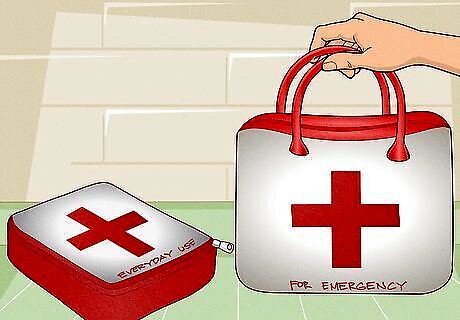
Designate a first aid kit for emergency or disaster and one for everyday use. Your first aid kit should contain: A minimum of two pairs of Latex gloves for the smallest kit. Remember, it may be a stranger who needs your help and having a latex barrier will help prevent infection. Use vinyl gloves if you or a family member is allergic to Latex. Latex allergies can be severe. Keep more pairs in your disaster kit that will evacuate with you. You may go through several pairs in one emergency. Check the integrity of the gloves if they've been stored in changing temperatures. They may become brittle. Sometimes gloves deeper in a box may still be good so don't toss the box because the first few pairs are bad. Look through them all. Sterile dressings to stop bleeding. (Look for bulky dressings called surgical pads in health supply stores) Cleansing agent/soap and antibiotic towelettes to disinfect. Antibiotic ointment to prevent infection. Burn ointment to relieve pain. Adhesive bandages in a variety of sizes Gauze pads Micropore tape Tweezers Scissors Eye wash solution to flush the eyes or sterile saline as general decontaminate. Sterile saline is available in litter bottles in health supply stores. Thermometer Prescription medications you take every day such as insulin, heart medicine and asthma inhalers. You should periodically rotate medicines to account for expiration dates and have a plan for refrigerated insulin. Over the counter pain medicine (Like Tylenol and Advil) and an antihistamine (Like Benadryl). Prescribed medical supplies such as glucose and blood pressure monitoring equipment and supplies.
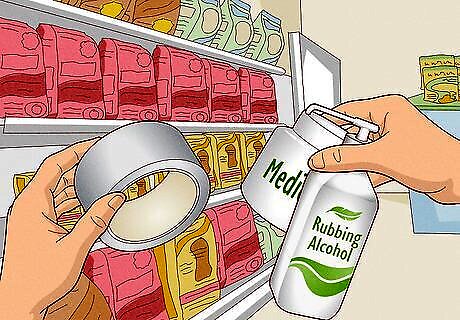
Go to the store to buy the items you don't already have.
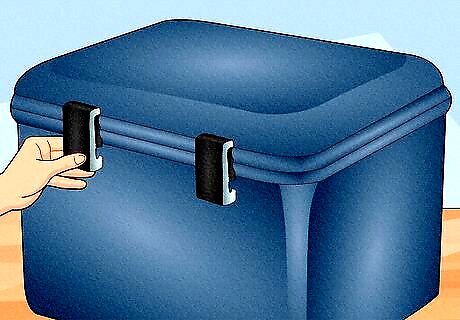
Obtain a waterproof box. This does not have to be expensive. Just a large waterproof box with a lid. These are available in the storage sections of most discount stores. It should be small enough so that in an emergency, you can roll it into your car, yard, or home in just a few minutes. Look for something with wheels and/or handles. Consider placing kits in your home, car, and workplace. You never know where you'll be when an emergency strikes. Use backpacks or plastic tool boxes for jump and run bags. Keep everything sorted with clear zip sandwich, quart or gallon bags. For worker/s in large urban areas keep a backpack under your desk which contains water, energy bars, flashlight, spare socks and good walking shoes in case public transportation is disrupted.
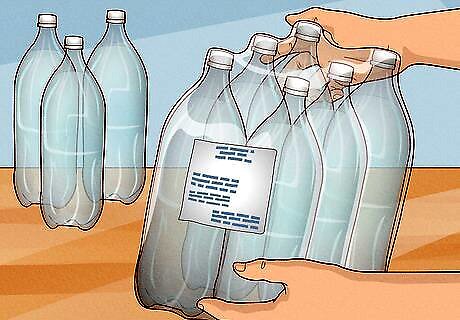
Stay hydrated! Water is the most essential life sustaining resource. Keeping water (in clean plastic bottles) in your home, car trunk, and workplace will keep you hydrated when you're under stress. You may need more water for children, nursing mothers, the elderly or if you live in a warm climate. You may need to add electrolyte replacement drinks (Gatorade or Powerade) to replace valuable minerals in warm or humid weather or if you will be very active.
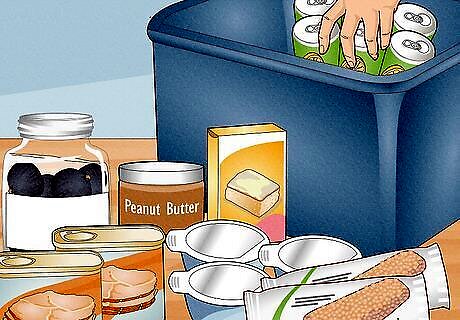
Keep at least a three-day supply of the items listed in the "Things You'll Need" section (below) in the box.
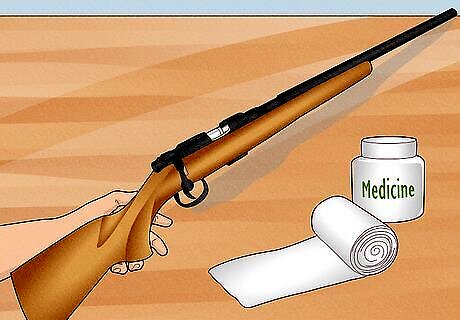
Consider other things you might need--especially things such as medication, bandages, firearms, or other things according to age, location, or health.
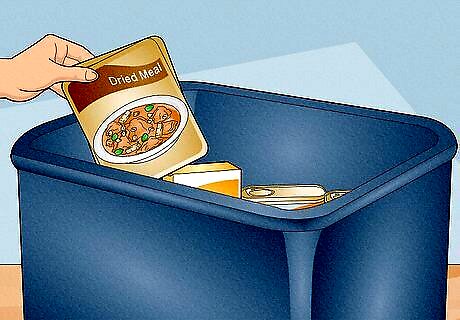
Don't forget to pack nonperishable food into your kit. Buy ready-to- go meal kits that can feed multiples.
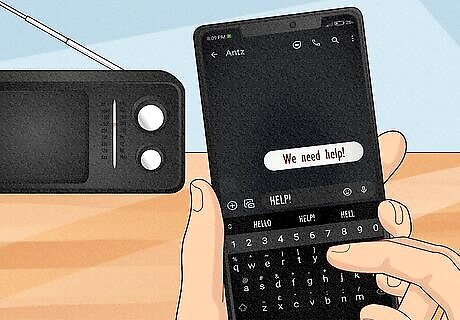
Do not rely on Cell Phone Service or Internet. In an emergency, infrastructure such as cell phone towers and Internet service may be compromised. Consider: Have physical maps. Services like Google Maps may not be available, so having an old fashioned paper map and even an atlas can make all the difference in finding alternate routes in an emergency. No cell phone service? Try texting. During 9/11/01 in New York City, cell towers were unable to process all the calls made by frantic people. Text messages tended to go through better. Have emergency numbers written down and/or memorized. You may not remember phone numbers, and if your cell phone is out of charge you might not be able to reach people if you need to use a different phone. A radio that does not require batteries (such as solar, battery powered, or crank) can help obtain vital information in an emergency. Plus, the psychological comfort of having music, entertainment, and connection to the outside world can be important.











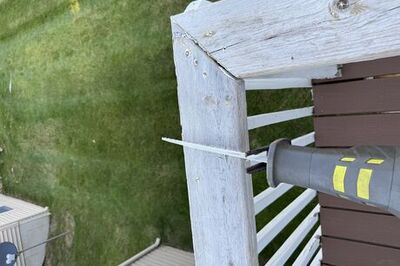


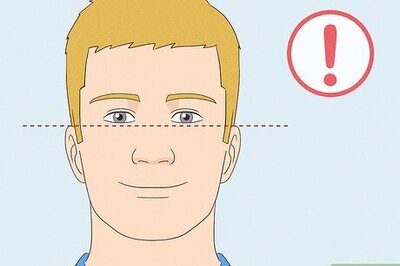




Comments
0 comment